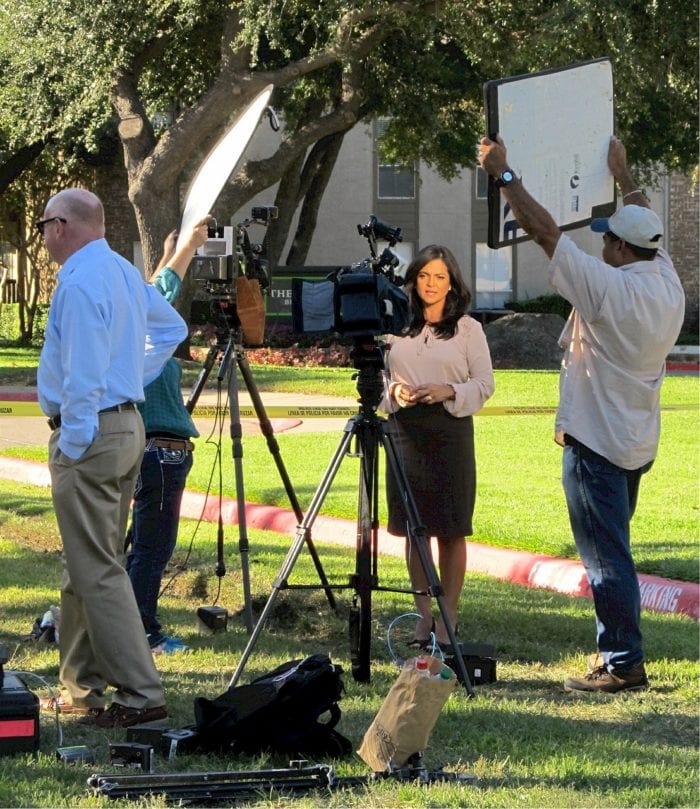Inaccessibility in a Time of COVID-19 Communication
Published onIn this time of COVID-19 uncertainty, I find myself checking government websites and watching news briefings more than ever. Recently, I began receiving emails from state and national emergency services regarding how to access services and other general information. This COVID-19 communication is essential, and sadly most aspects of it are not readily accessible for people with disabilities.

The Search For Section 508 and ADA Compliance
At the start of this pandemic, I’d see news briefings with many people on the screen, and occasionally there would be someone signing for those who are hearing impaired. However, lately, there is no interpreter. This got me thinking about other vital information that is potentially not making it to millions of Americans.
I asked my colleagues to check some websites and emails for ADA compliance and 508 digital compliance. The results of our research confirmed the suspicion that many Americans do not have equal access to vital COVID-19 communication and updates. The accessible framework is present for some of the sites, but the number of errors and inaccessible attachments renders them noncompliant and, in many cases, impossible to navigate.
Can you imagine not being able to access public information?

In today’s society, we expect frequent briefings and access to critical information. Imagine the uproar if the information was only provided to some Americans. I wish this were a ‘what-if’ scenario, but for millions of Americans who rely on assistive technology, screen readers, and American Sign Language interpreters, this is a reality.
I get it, COVID-19 is a pandemic, and some things are not a priority. However, disregarding accessibility is picking and choosing who receives vital information. Lives may be at risk when people cannot access data. If the ADA and 508 Compliance is part of the foundation, it does not become an afterthought.
Flatten Inaccessibility
When there is a discrepancy in ADA and 508 accessibility, I look to the advocates. I found that the three champions for blind and visually impaired Americans are working together with other organizations to provide valuable information regarding COVID-19. The advocate groups are The American Council of the Blind, The American Federation for the Blind, and The National Federation of the Blind. The initiative is called Flatten Inaccessibility.
Flatten Inaccessibility is in the early stages. But, they are exploring how inaccessible data impacts people with visual disabilities.
With advocacy and education, we can all work together to Flatten Inaccessibility.
Categorized in: Accessibility, Informational, News and Events, Uncategorized
This post was written by



Comments are closed here.